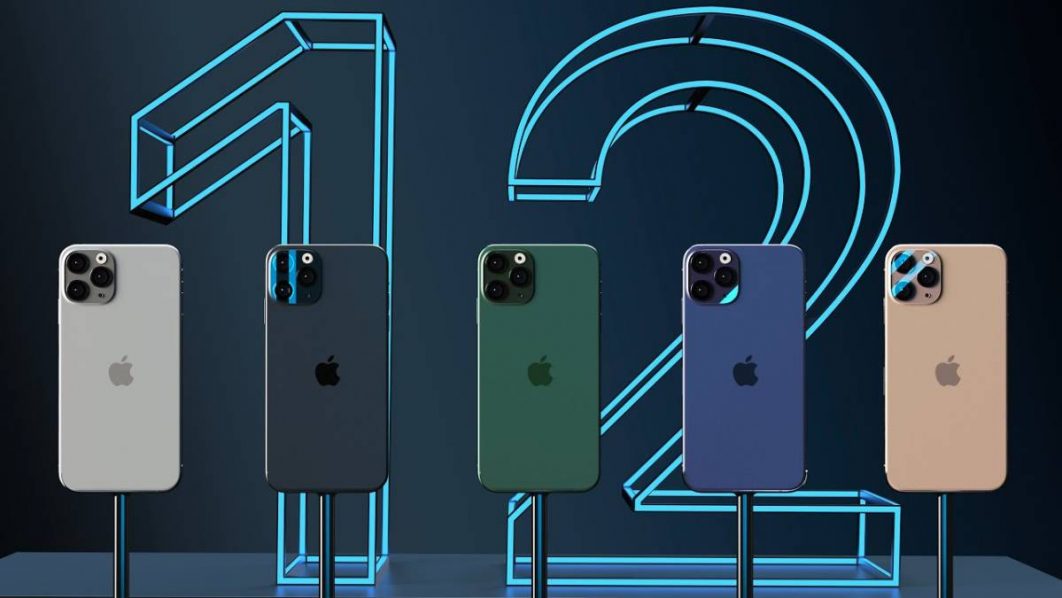The iPhone 12, including the regular iPhone 12, iPhone 12 Mini, iPhone 12 Pro, and iPhone 12 Pro Max, represents the 14th generation of Apple phones to hit store shelves to date. Boasting a six-core, next-gen processor, multiple internal storage options, and improved durability, the model is the culmination of the brand’s research and development thus far.
Despite the innovativeness of the iPhone 12, it is not without its faults. Like other electronics, it is still prone to failure from time-to-time; including system crashes and freeze-ups. In extreme cases, issues like this might even result in data loss.
While users can always connect iPhone 12 to a working Mac laptop or desktop and attempt to diagnose or retrieve lost data using a ‘recovery tool for Mac’, there are some options that are built-in to the iPhone 12 that users can try first.
The first of such is Recovery Mode – the iPhone 12 does include a recovery mode. Although this still requires users to connect their iPhone 12 to a working Mac laptop or desktop system, it is an incredibly easy and straightforward method of restoring access to a frozen iPhone or recovering the data from within.
Users can start by connecting their iPhone 12 to Mac via Lightning to USB or Lightning to USB-C cable, depending on the available system. If users can access their iPhone, it is important to unlock the device before proceeding further.
Once unlocked, iTunes should be opened if the system is running macOS Mojave (10.14) or earlier or Finder if running macOS Catalina (10.15 or later) or macOS Big Sur (11.0 or later). If everything is working correctly, users will be prompted to “Trust” the iPhone 12 if it was not done earlier.
Next, users will need to tell their iPhone to enter Recovery Mode. This is done by clicking the “Volume Up” button, then quickly clicking “Volume Down,” pressing and holding the “Side” button until the Apple logo appears. Users can release the “Side” button as soon as the Recovery Mode screen appears. The screen resembles the Lightning cable that has been previously attached to their system.
After initiating Recovery Mode, users will be given a prompt on the Mac with a notification of a problem with the iPhone. From here, click “Update” to try and update iPhone. If successful, users will be able to resume using their device with all of the files – including personal settings and contacts – still intact.

iPhone 12 | BGR
The iPhone 12, including the regular iPhone 12, iPhone 12 Mini, iPhone 12 Pro, and iPhone 12 Pro Max, represents the 14th generation of Apple phones to hit store shelves to date. Boasting a six-core, next-gen processor, multiple internal storage options, and improved durability, the model is the culmination of the brand’s research and development thus far.Despite the innovativeness of the iPhone 12, it is not without its faults. Like other electronics, it is still prone to failure from time-to-time; including system crashes and freeze-ups. In extreme cases, issues like this might even result in data loss.
While users can always connect iPhone 12 to a working Mac laptop or desktop and attempt to diagnose or retrieve lost data using a ‘recovery tool for Mac’, there are some options that are built-in to the iPhone 12 that users can try first.
The first of such is Recovery Mode – the iPhone 12 does include a recovery mode. Although this still requires users to connect their iPhone 12 to a working Mac laptop or desktop system, it is an incredibly easy and straightforward method of restoring access to a frozen iPhone or recovering the data from within.
Users can start by connecting their iPhone 12 to Mac via Lightning to USB or Lightning to USB-C cable, depending on the available system. If users can access their iPhone, it is important to unlock the device before proceeding further.
Once unlocked, iTunes should be opened if the system is running macOS Mojave (10.14) or earlier or Finder if running macOS Catalina (10.15 or later) or macOS Big Sur (11.0 or later). If everything is working correctly, users will be prompted to “Trust” the iPhone 12 if it was not done earlier.
Next, users will need to tell their iPhone to enter Recovery Mode. This is done by clicking the “Volume Up” button, then quickly clicking “Volume Down,” pressing and holding the “Side” button until the Apple logo appears. Users can release the “Side” button as soon as the Recovery Mode screen appears. The screen resembles the Lightning cable that has been previously attached to their system.
After initiating Recovery Mode, users will be given a prompt on the Mac with a notification of a problem with the iPhone. From here, click “Update” to try and update iPhone. If successful, users will be able to resume using their device with all of the files – including personal settings and contacts – still intact.
If updating the iPhone does not work, the only option left in Recovery Mode is to click “Restore” to restore the iPhone to its factory settings. Unfortunately, this will erase all of the personal files and data.
Secondly, the Device Firmware Upgrade (DFU) Mode, should only be used as a last resort. Like the “Restore” feature in Recovery Mode, this feature will erase all of the personal files, settings, and data on the phone. Nonetheless, it can be a helpful feature when users are just trying to restore access to their iPhone and recover its system with the factory settings.
To boot into DFU mode, users can follow the same steps as above for Recovery Mode. However, after pressing and holding the “Side” button, press and hold the “Volume Down” button – without letting go of the “Side” button – when the iPhone’s screen turns black. Let go of the “Side” button approximately 5 seconds later, but hold down the “Volume Down” button until you see the “Recovery Mode” prompt in Finder or iTunes. If done correctly, your screen will remain black.
 Gistfox Your News Window To The World.
Gistfox Your News Window To The World.





